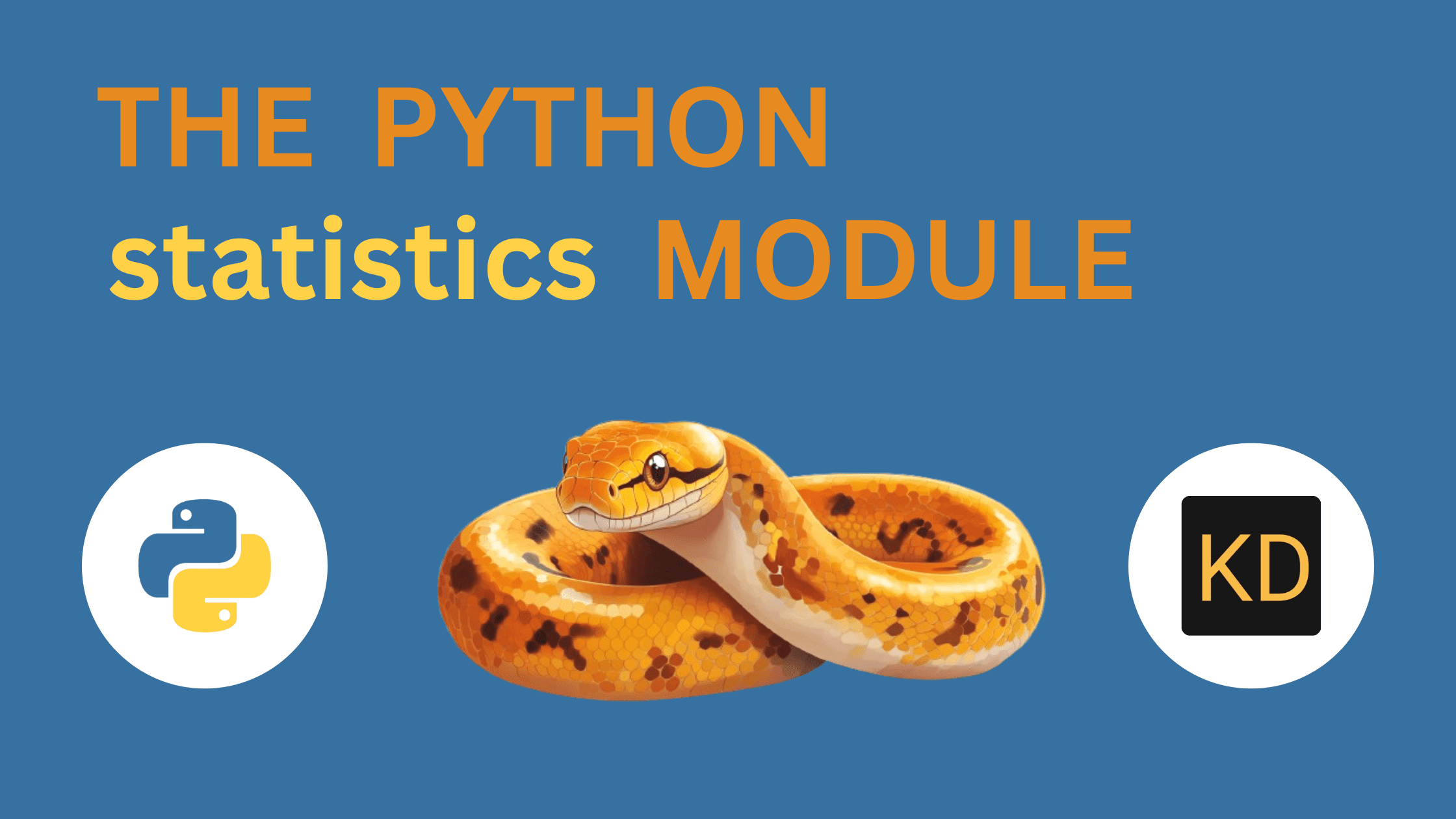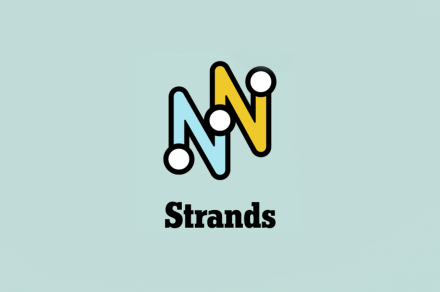Markdown Mastery: Tips for Writing Clear and Concise Docs
Markdown has become a popular choice for writing technical documentation due to its simplicity, readability, and compatibility with various platforms and tools. Whether you're documenting APIs, writing user guides, or contributing to open-source projects, mastering Markdown can help you create clear and concise documentation that is both user-friendly and maintainable. In this article, you'll learn essential Markdown techniques and best practices that will help you enhance the clarity, structure, and accessibility of your documentation. Key Learning Objectives By the end of this article, you'll be able to: Understand the core syntax and structure of Markdown. Use formatting techniques to enhance readability. Apply best practices to improve document clarity and consistency. Leverage advanced features such as tables, code blocks, and links. Optimize Markdown for different platforms and tools. Core Markdown Syntax and Structure Markdown's syntax is designed to be intuitive and easy to write. Here are the fundamental elements you should know: 1. Headings Headings provide structure and hierarchy to your content. Use # for top-level headings and increase the number of # for subheadings. # H1 Heading ## H2 Subheading ### H3 Subheading #### H4 Subheading ##### H5 Subheading ###### H6 Subheading 2. Emphasis You can emphasize text using italics or bold: *Italic* or _Italic_ **Bold** or __Bold__ ***Bold Italic*** or ___Bold Italic___ 3. Lists Lists help organize content and improve readability. Unordered Lists: Use -, *, or +. Ordered Lists: Use numbers followed by a period. - Item 1 - Item 2 1. First item 2. Second item 4. Links and Images Hyperlinks and images enhance documentation by providing references and visual context. [Visit OpenAI](https://openai.com)  Markdown also enables customizing the height and width of a referenced image by adding HTML tags, e.g., 5. Code Blocks Markdown supports inline code and block code formatting for technical content. `inline code` Block code 6. Horizontal Rules Horizontal rules are used to create section breaks. --- 7. Blockquotes Blockquotes help to emphasize essential notes or citations. > This is a blockquote. 8. Escaping Characters If you need to use Markdown syntax as plain text, escape it using a backslash. \*This will not be italicized\* Why Markdown Makes Life Easier for Writing Documentation Markdown offers several advantages that make writing and maintaining documentation easier: Simplicity: The syntax is easy to learn and use, reducing the learning curve for new users. Portability: Markdown files are plain text and can be opened in any text editor. Cross-Platform Compatibility: Markdown works with various tools and platforms like GitHub, GitLab, and documentation generators like Jekyll. Version Control Friendly: Since Markdown files are plain text, they integrate seamlessly with version control systems like Git. Readable Format: Even without rendering, Markdown files are easy to read and understand. Automated Conversion: Markdown can be easily converted to HTML, PDF, and other formats using tools like Pandoc. Scenarios Where Markdown is Useful Writing README files: Standardized format for GitHub repositories. Creating API documentation: Easily write structured API references with code examples. Note-taking and journaling: Many note-taking apps support Markdown for quick and organized notes. Collaborative writing: Markdown's simplicity makes it ideal for teams to collaborate on documentation. Static site generation: Tools like Hugo and Jekyll use Markdown to generate static websites. Formatting Techniques for Readability To enhance the readability of your documentation: Use whitespace effectively to break content into digestible sections. Leverage bullet points and tables to present structured data. Keep line length manageable (typically 80 characters) for better readability. Consistent tone and style, following style guides such as Microsoft's . Example of a well-structured table: | Feature | Description | |---------------|----------------------| | Syntax Highlighting | Improves code visibility | | Tables | Organize content neatly | Best Practices for Clarity and Consistency To maintain clarity and consistency in your documentation: Follow a consistent style guide (e.g., Microsoft, Google). Use meaningful headings to guide the reader. Keep sentences concise and avoid jargon unless necessary. Provide examples and explanations for complex concepts. Regularly review and update documentation to keep it accurate. Leveraging Advanced Markdown Features Markdown offers several advanced fe

Markdown has become a popular choice for writing technical documentation due to its simplicity, readability, and compatibility with various platforms and tools. Whether you're documenting APIs, writing user guides, or contributing to open-source projects, mastering Markdown can help you create clear and concise documentation that is both user-friendly and maintainable.
In this article, you'll learn essential Markdown techniques and best practices that will help you enhance the clarity, structure, and accessibility of your documentation.
Key Learning Objectives
By the end of this article, you'll be able to:
- Understand the core syntax and structure of Markdown.
- Use formatting techniques to enhance readability.
- Apply best practices to improve document clarity and consistency.
- Leverage advanced features such as tables, code blocks, and links.
- Optimize Markdown for different platforms and tools.
Core Markdown Syntax and Structure
Markdown's syntax is designed to be intuitive and easy to write. Here are the fundamental elements you should know:
1. Headings
Headings provide structure and hierarchy to your content. Use # for top-level headings and increase the number of # for subheadings.
# H1 Heading
## H2 Subheading
### H3 Subheading
#### H4 Subheading
##### H5 Subheading
###### H6 Subheading
2. Emphasis
You can emphasize text using italics or bold:
*Italic* or _Italic_
**Bold** or __Bold__
***Bold Italic*** or ___Bold Italic___
3. Lists
Lists help organize content and improve readability.
-
Unordered Lists: Use
-,*, or+. - Ordered Lists: Use numbers followed by a period.
- Item 1
- Item 2
1. First item
2. Second item
4. Links and Images
Hyperlinks and images enhance documentation by providing references and visual context.
[Visit OpenAI](https://openai.com)

Markdown also enables customizing the height and width of a referenced image by adding HTML tags, e.g.,
src="./assets/markdown.png" alt="Markdown Image" width="300" height="150">
5. Code Blocks
Markdown supports inline code and block code formatting for technical content.
`inline code`
Block code
6. Horizontal Rules
Horizontal rules are used to create section breaks.
---
7. Blockquotes
Blockquotes help to emphasize essential notes or citations.
> This is a blockquote.
8. Escaping Characters
If you need to use Markdown syntax as plain text, escape it using a backslash.
\*This will not be italicized\*
Why Markdown Makes Life Easier for Writing Documentation
Markdown offers several advantages that make writing and maintaining documentation easier:
- Simplicity: The syntax is easy to learn and use, reducing the learning curve for new users.
- Portability: Markdown files are plain text and can be opened in any text editor.
- Cross-Platform Compatibility: Markdown works with various tools and platforms like GitHub, GitLab, and documentation generators like Jekyll.
- Version Control Friendly: Since Markdown files are plain text, they integrate seamlessly with version control systems like Git.
- Readable Format: Even without rendering, Markdown files are easy to read and understand.
- Automated Conversion: Markdown can be easily converted to HTML, PDF, and other formats using tools like Pandoc.
Scenarios Where Markdown is Useful
- Writing README files: Standardized format for GitHub repositories.
- Creating API documentation: Easily write structured API references with code examples.
- Note-taking and journaling: Many note-taking apps support Markdown for quick and organized notes.
- Collaborative writing: Markdown's simplicity makes it ideal for teams to collaborate on documentation.
- Static site generation: Tools like Hugo and Jekyll use Markdown to generate static websites.
Formatting Techniques for Readability
To enhance the readability of your documentation:
- Use whitespace effectively to break content into digestible sections.
- Leverage bullet points and tables to present structured data.
- Keep line length manageable (typically 80 characters) for better readability.
- Consistent tone and style, following style guides such as Microsoft's .
Example of a well-structured table:
| Feature | Description |
|---------------|----------------------|
| Syntax Highlighting | Improves code visibility |
| Tables | Organize content neatly |
Best Practices for Clarity and Consistency
To maintain clarity and consistency in your documentation:
- Follow a consistent style guide (e.g., Microsoft, Google).
- Use meaningful headings to guide the reader.
- Keep sentences concise and avoid jargon unless necessary.
- Provide examples and explanations for complex concepts.
- Regularly review and update documentation to keep it accurate.
Leveraging Advanced Markdown Features
Markdown offers several advanced features that can enhance technical documentation:
- Task Lists: Useful for tracking progress.
- [x] Completed Task
- [ ] Pending Task
- Blockquotes: Highlight important information.
> This is an important note.
- Footnotes: Provide additional context without cluttering the main text.
Here is a reference[^1].
[^1]: This is the footnote.
Conclusion
Mastering Markdown is crucial for creating effective and professional technical documentation. By understanding its syntax, applying best practices, and leveraging advanced features, you can produce clear, structured, and accessible documentation that meets user needs.
Next Steps
- Explore Markdown extensions for added functionality.
- Practice writing documentation using Markdown for different scenarios.
- Contribute to open-source projects to gain hands-on experience.
- Stay updated with Markdown developments and best practices.
- Visit the Markdown Basic Syntax Guide to get additional information.
By following these guidelines, you can elevate your technical documentation skills and create content that is both impactful and easy to maintain.
What's Your Reaction?


























